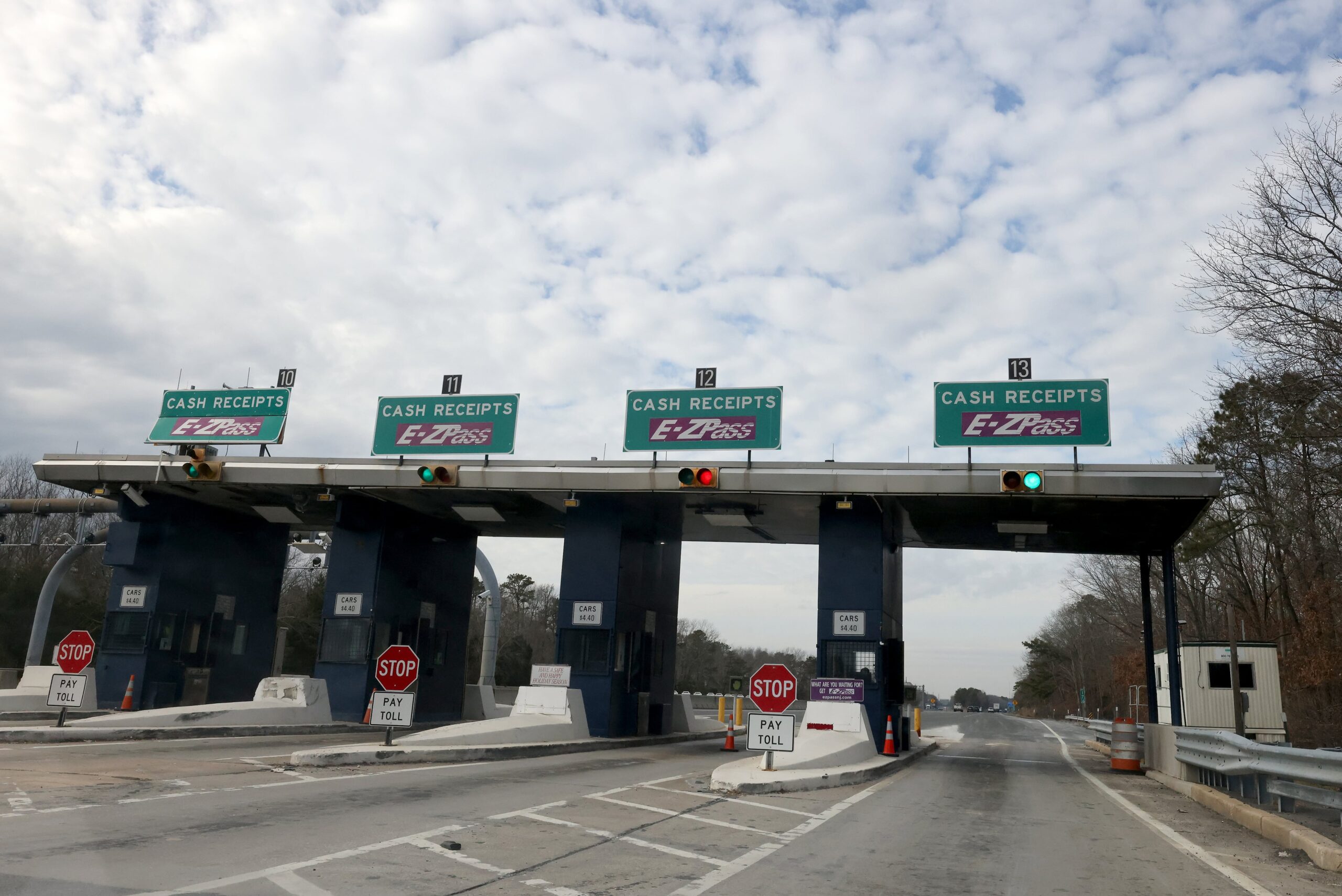A recent legislative win is set to boost Social Security benefits for over 3.2 million individuals. Yet, many of them may have to wait a long time before they see the extra money in their accounts.
The Social Security Fairness Act, signed into law on January 5 by then-President Joe Biden, aims to eliminate provisions that previously reduced benefits for those receiving pensions from non-covered employment. While this change promises higher monthly payments—ranging from $360 to $1,190—depending on an individual’s circumstances, implementing the law has proven to be a challenge.
Implementation Delays and Budget Constraints
The Social Security Administration (SSA) has already begun assisting some affected beneficiaries, but it has not committed to a definite timeline for full implementation. According to the agency, under its current budget, it could take more than a year to process the benefit increases and issue retroactive payments dating back to January 2024.
In an effort to expedite the process, a bipartisan group of Senators urged Acting Social Security Commissioner Michelle King on February 5 to swiftly implement the new law.
“We call for the immediate implementation of this legislation to provide prompt relief to the millions of Americans impacted by WEP and GPO,” the Senators stated in a letter.
However, experts warn that the SSA needs additional financial resources to carry out these changes efficiently. David A. Weaver, a former SSA executive and a statistics professor at the University of South Carolina, stated that without extra funding from Congress, the SSA will struggle to process the cases in a timely manner.
Financial Challenges and Staffing Shortages
The Social Security Fairness Act received bipartisan support in both the House and Senate. However, retirement policy experts have raised concerns about the cost—estimated at $200 billion over the next decade—with no clear plan for covering the increased expenditure. This additional outlay is expected to push Social Security’s trust fund depletion date six months closer, according to estimates.
The SSA operates under a continuing resolution that expires in mid-March. Experts like Weaver suggest that Congress increase the agency’s budget to account for the costs of implementing the new law.
The SSA will need approximately $200 million to implement the changes effectively. A similar legislative adjustment, the Senior Citizens Freedom to Work Act of 2000, impacted around one million beneficiaries and cost approximately $65 million to implement when adjusted for inflation. The new Social Security Fairness Act affects nearly three times as many people, making it a much larger financial and logistical challenge.
Adding to the complexity, the SSA is currently operating with its lowest staffing levels in 50 years. Dan Adcock, director of government relations and policy at the National Committee to Preserve Social Security and Medicare, pointed out that insufficient funding could further delay implementation beyond the expected one-year timeframe.
Complications in Processing Payments
The Social Security Administration faces several logistical hurdles in implementing the benefit changes. The law’s effective date—January 2024—remained unchanged as the bill was rushed through Congress in late December, which means that back payments must now be calculated for millions of people.
Other challenges include:
- Tracking Deceased Beneficiaries: Each year, about 4% of Social Security beneficiaries pass away. That means the SSA will need to identify and distribute payments to the survivors of over 100,000 deceased beneficiaries affected by the law.
- Addressing GPO-Affected Beneficiaries: Many individuals impacted by the Government Pension Offset (GPO) may have been previously told they were ineligible for benefits, leading them never to apply. The SSA will need to locate these individuals and update their personal information, such as addresses and bank accounts.
- Verifying Survivor and Spousal Relationships: Spouses and survivors who are newly eligible for benefits must have their relationships confirmed before payments can be processed.
- Handling Special Cases: While the SSA may be able to automate about 95% of cases involving the Windfall Elimination Provision (WEP), some cases—such as those affected by earnings tests—will require manual processing by SSA employees, further extending the timeline.
The Road Ahead
The Social Security Fairness Act brings much-needed relief to retirees, particularly teachers, police officers, firefighters, and other public servants affected by WEP and GPO. However, without increased funding and staffing, beneficiaries may face extended delays in receiving their full benefits.
For now, the wait continues as lawmakers debate additional funding and the SSA works through the complexities of implementing the law.
Disclaimer: This article has been meticulously fact-checked by our team to ensure accuracy and uphold transparency. We strive to deliver trustworthy and dependable content to our readers.








